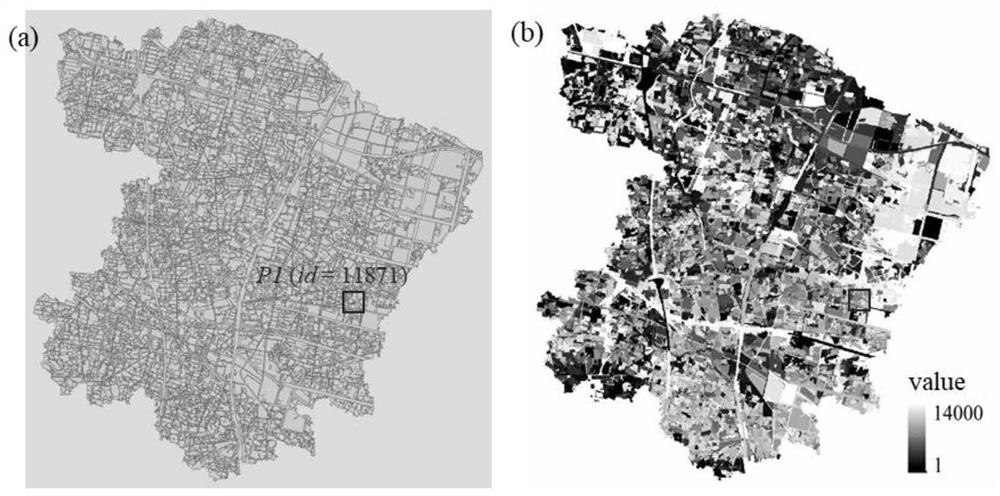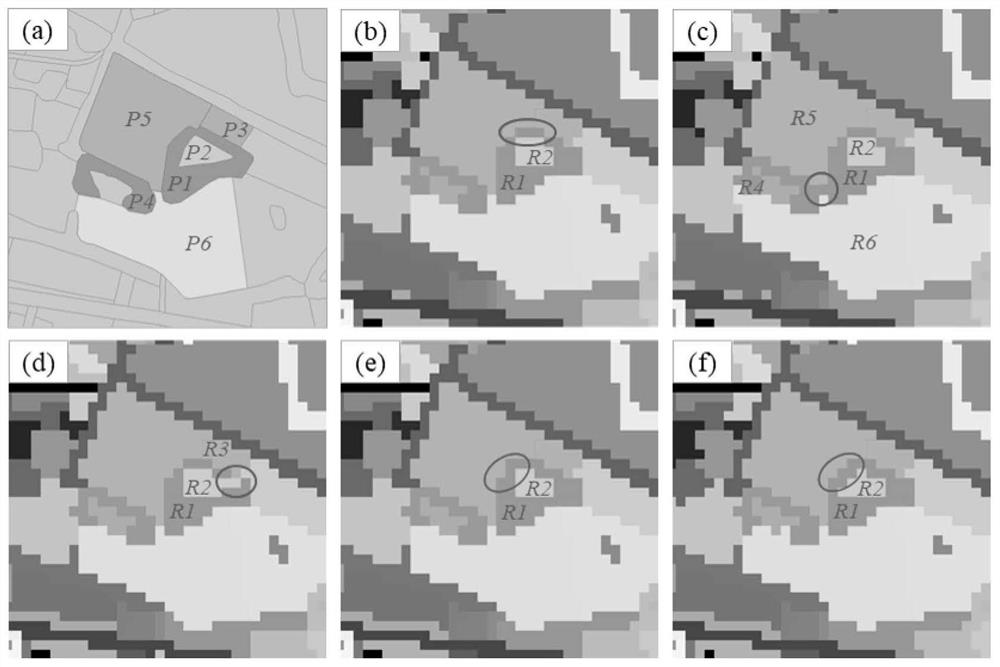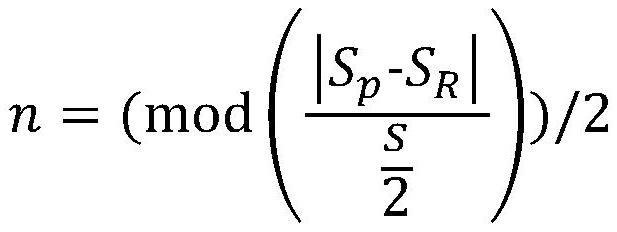Vector polygon rasterization method for balancing area, topology and shape features
A technology that balances area and shape features, applied in the field of vector data to raster data conversion, can solve problems such as damage, and achieve the effect of reducing loss and rasterization error
- Summary
- Abstract
- Description
- Claims
- Application Information
AI Technical Summary
Problems solved by technology
Method used
Image
Examples
Embodiment Construction
[0025] The present invention will be described in detail below according to the accompanying drawings, so as to make the technical route and operation steps of the present invention clearer.
[0026] The vector polygon rasterization method of the present invention balances area, topology and shape feature, polygon P1 and P2 are respectively converted into area set R={R 1 , R 2 ,...,R n} and region R2, perform the following steps to fix rasterization errors:
[0027] Step 1, obtain the boundary pixel of the polygon as the candidate pixel to be classified;
[0028] Step 2, if Or if n>1, the shape repair is carried out, and the grid area of polygon P1 is given priority to exist and connected, and the area R1 is obtained. The specific execution steps are as follows:
[0029] Get the boundary cells of polygon P1 loss as candidate set P o ;
[0030] like That is, there is no grid area, then from the candidate set P o Take out a pixel and assign it to P1;
[0031] If n>1...
PUM
 Login to View More
Login to View More Abstract
Description
Claims
Application Information
 Login to View More
Login to View More - R&D
- Intellectual Property
- Life Sciences
- Materials
- Tech Scout
- Unparalleled Data Quality
- Higher Quality Content
- 60% Fewer Hallucinations
Browse by: Latest US Patents, China's latest patents, Technical Efficacy Thesaurus, Application Domain, Technology Topic, Popular Technical Reports.
© 2025 PatSnap. All rights reserved.Legal|Privacy policy|Modern Slavery Act Transparency Statement|Sitemap|About US| Contact US: help@patsnap.com



